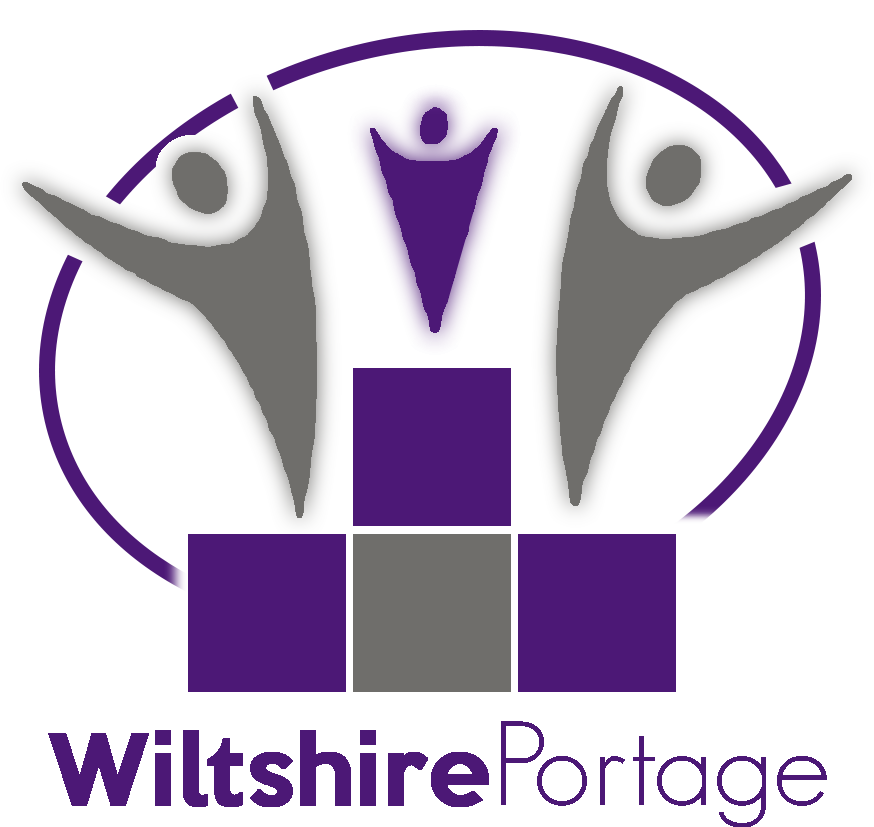Advice and information for Introducing Routines.
Well established routines can help children to understand what is expected of them in specific environments and situations and can help to reduce a child’s anxiety as they can be confident in knowing what will happen next, how people around them will behave and what they will need to do.
Implementing routines can be beneficial especially where there is reduced communication skills and lack of understanding of the spoken word, the routine will become a positive framework of interactions and predictable expectations, building confidence in routines will create opportunity to promote independence.
Things to consider when implementing routines:
Commitment from all adults concerned to have a similar approach to each routine (home & setting). The surroundings will differ and often the resources, but the structure should be kept the same.
Consider the number of repetitions of each action it may take before the child begins to understand the routine, Repetition is the foundation of learning for young children. Toddlers may need 50 to 100 repetitions of activity to learn a new skill. Preschoolers may need 5-10 repetitions to understand a new concept. These need to be kept consistent daily in order to achieve success.
Starting with short simple routines, (for example at snack time – the child is shown a visual - encouraged to sit at a table - given an empty plate, offered a choice of two snack options to choose from – the chosen snack is placed on the plate.)
The use of visuals introduced and used as cues for each routine.
This can be objects of reference for example a nappy for nappy change or a sponge for bath time or a visuals board.
Now and next, the use of two visual pictures (for example first clean teeth THEN bedtime story)
Now and Next Board
The use of a visual timer can also provide structure for routines and offer a visual cue for the child to be able to see how long is remaining.
Visual Timer
Giving each child additional processing time 10-30 seconds or more.
Social story - Reading a social story about a routine experience (like getting ready for bed) can help any child feel more prepared, including those who have trouble with transitions. Social stories can help children prepare for new experiences, like getting their first haircut or starting school.
Folder of photos on a mobile device that could be shown to the child before they go, for example a picture of Tesco or the park. These photos can be shared between adults, so they remain consistent.
Widget – an online website that offers the ability to create visual, communication and learning supports in your web browser using over 20,000 Widgit Symbols and 100s of easy-to-use templates. https://widgitonline.com/
Useful websites:
https://do2learn.com/picturecards/VisualSchedules/index.htm




